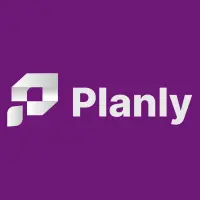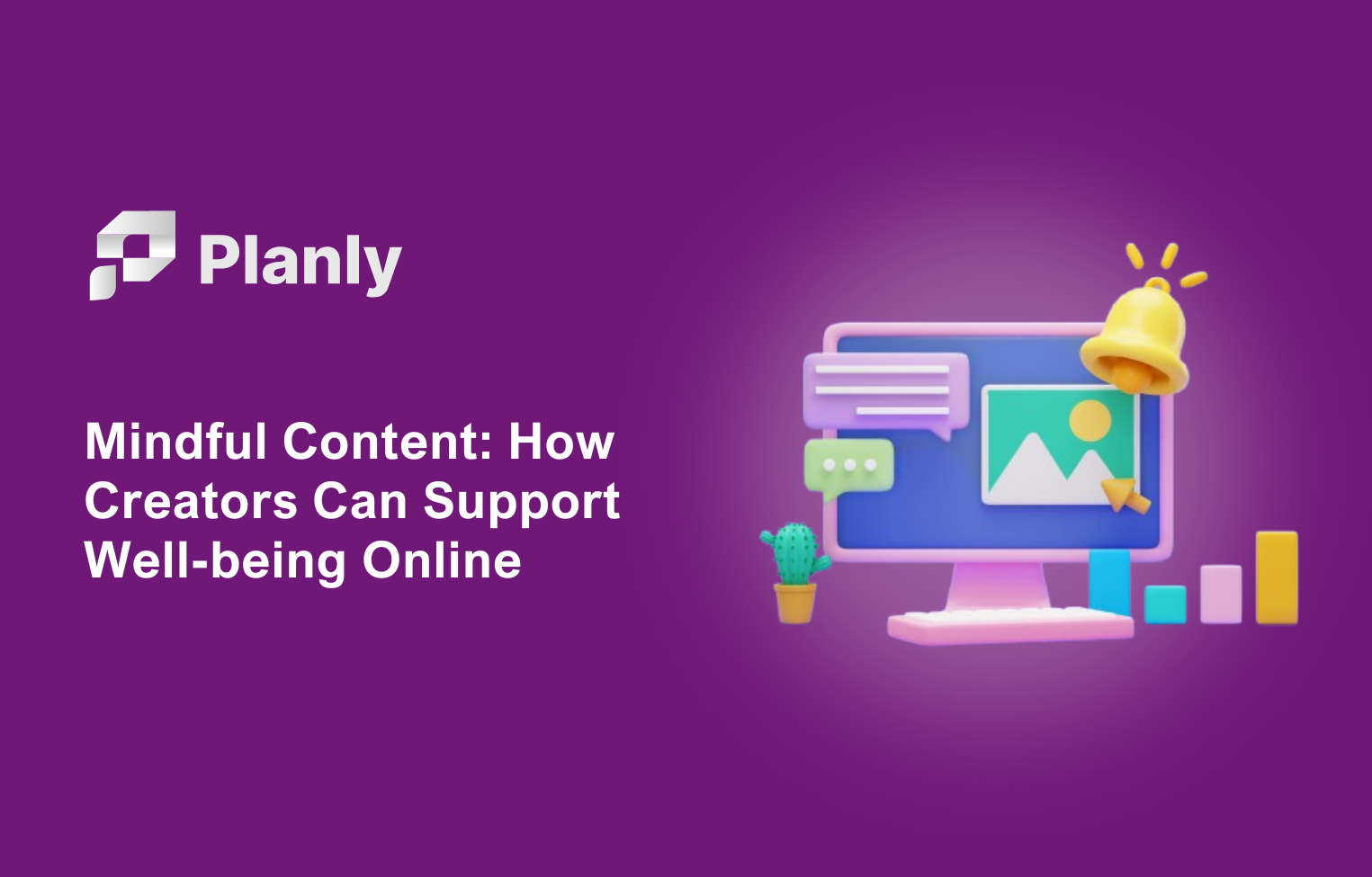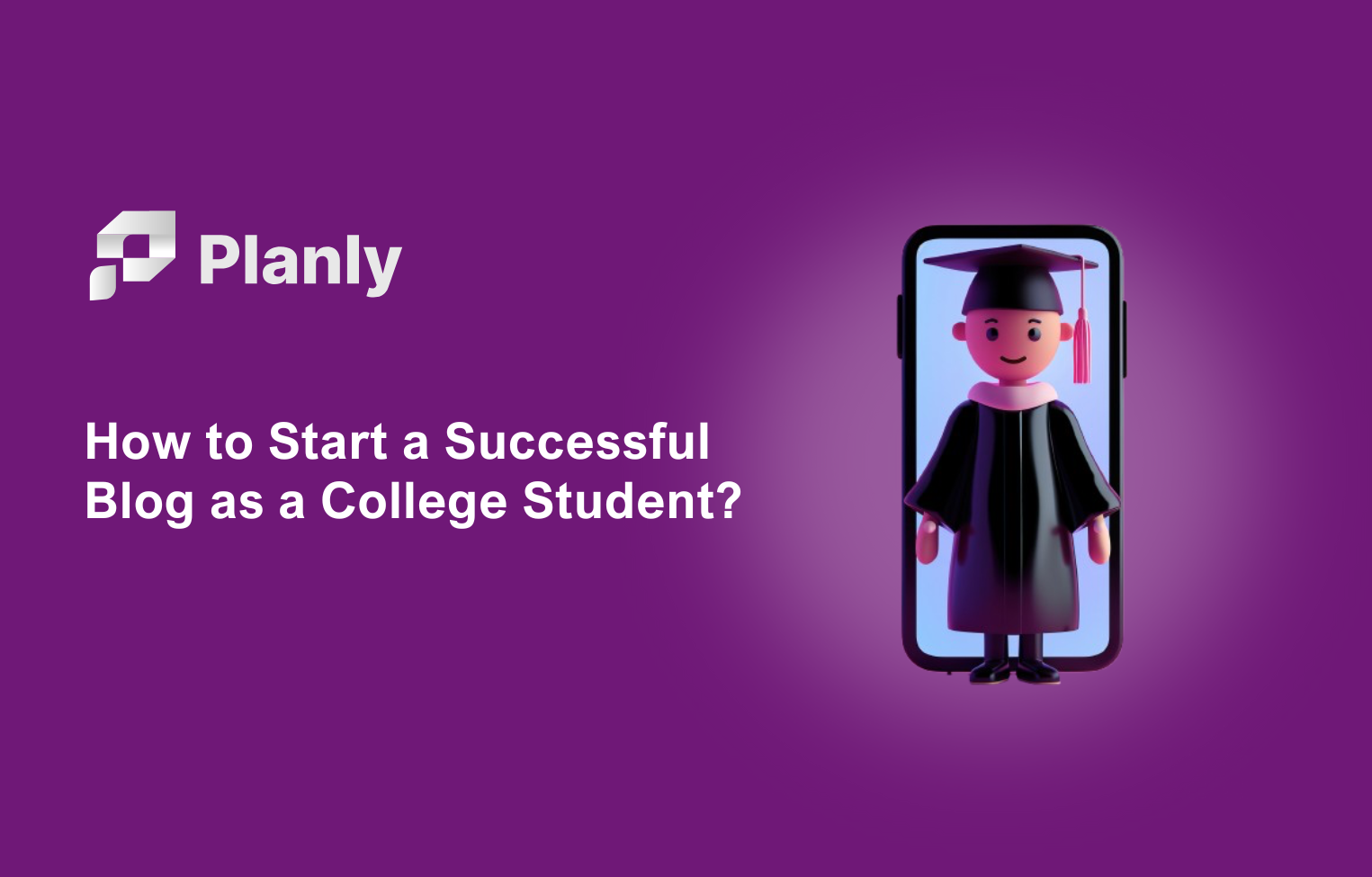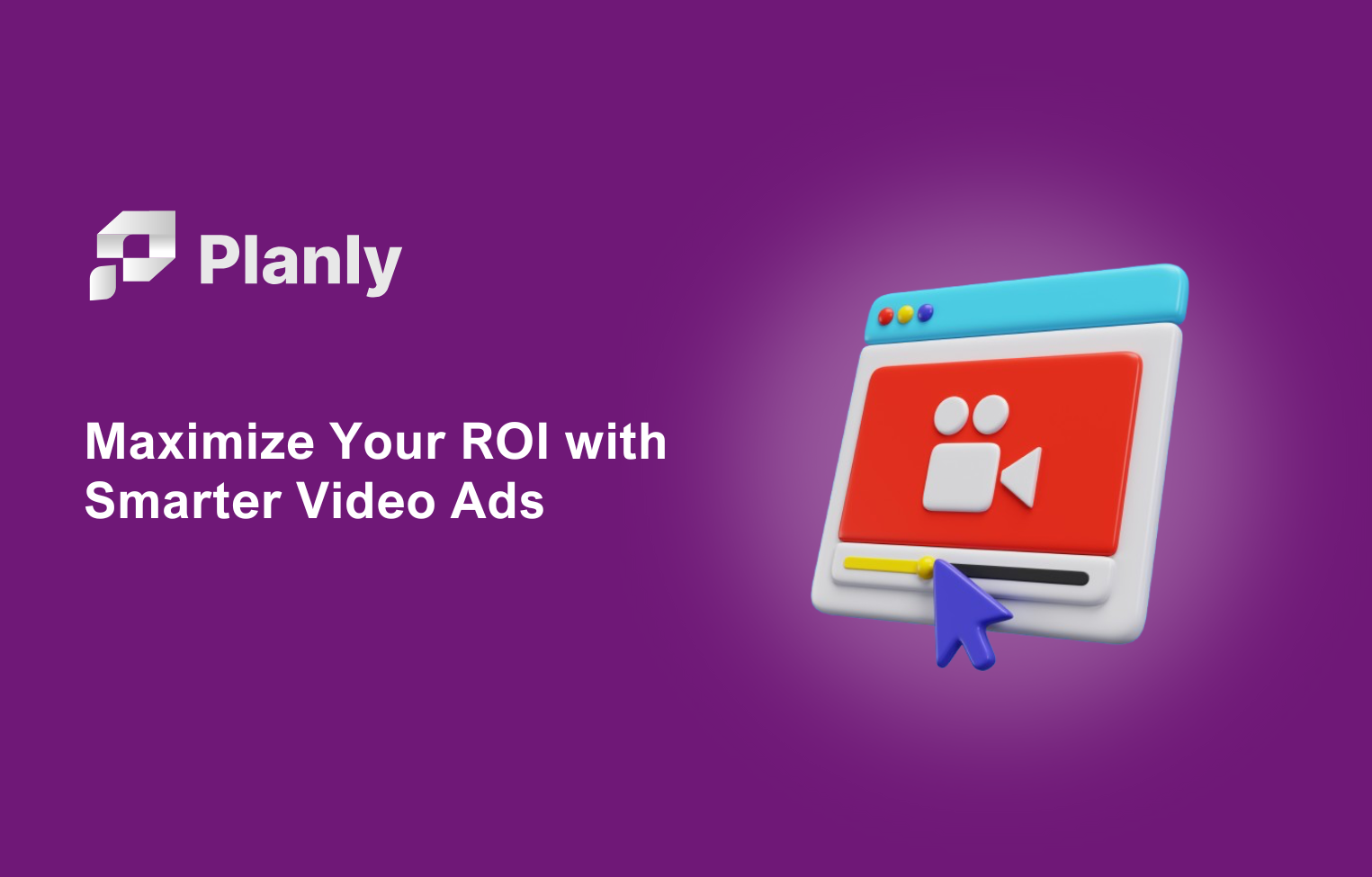Effective social media strategies can significantly enhance a school's online presence, drive enrollment, and foster stronger community partnerships. In this article, we will delve into the key components of a successful social media strategy for schools, highlighting best practices, platforms, and content ideas that can help schools stand out in the digital landscape.
Setting Clear Goals and Objectives
Successful social media branding starts with establishing clear goals, which helps in measuring the effectiveness of your brand's online activities.Before diving into the world of social media, it is crucial to set clear, measurable goals that align with your school's overall strategic objectives. These goals could include increasing brand awareness, driving website traffic, generating new leads, or enhancing parent communication. For instance, if your goal is to increase brand awareness, you should measure follower counts and post reach. If your goal is to drive website traffic, you should monitor referral traffic and bounce rates using tools like Google Analytics.
SMART Goals and Metrics
Setting SMART (Specific, Measurable, Achievable, Relevant, and Time-bound) goals is essential for a successful social media strategy. For example, a SMART goal might be to increase the number of followers on Facebook by 20% within the next six months. This goal is specific, measurable, achievable, relevant to your overall objectives, and time-bound. Regularly analyzing and adapting your strategy based on performance metrics is also vital. Platforms like Facebook, Twitter, and Instagram provide free insights that can help you monitor your most and least popular posts.
Identifying Your Target Audience
Understanding your target audience is critical for crafting relevant and engaging social media content. This involves creating personas based on demographic and psychographic data. For schools, personas might include prospective students, current students, parents, and alumni. Each persona should be detailed, including information about their background, interests, and what they are looking for in a school. By aligning your content with the specific needs and preferences of these personas, you can enhance engagement and better address the unique challenges faced by your student population.
Persona Creation and Key Messages
Persona creation involves gathering information through research, surveys, and competitor analysis. This data helps you construct detailed and accurate personas, allowing for a more targeted and effective digital marketing strategy. Once you have your personas, you can develop key messages that address their motivations and concerns. For example, if a prospective student is concerned about the quality of academic programs, your key message might highlight your school's academic reputation and achievements.
Choosing the Right Social Media Platforms
Not all social media platforms are created equal, and each has its unique features and benefits. For schools, the most effective platforms often include Facebook, Instagram, YouTube, and Twitter. Facebook remains dominant among all age groups, particularly adults, making it an excellent platform for parent communication. Instagram, with its visual orientation, is ideal for showcasing school life, student achievements, and events, particularly appealing to younger demographics. YouTube is fantastic for creating informative and engaging videos about school events and educational content, while Twitter is useful for quick announcements and updates.

Platform-Specific Strategies
Each platform requires a tailored approach to maximize engagement. For instance, Instagram is visually driven, making it perfect for sharing photos and videos of school events, student achievements, and behind-the-scenes moments. Facebook, with its broad user base, is excellent for building and nurturing a community of parents, students, and staff. YouTube can be leveraged for in-depth educational content, such as student testimonials and admission procedures. Twitter is ideal for quick updates and announcements, particularly useful for sharing safety tips, educational resources, and other concise information.
Creating Compelling Content
Compelling content is at the heart of any successful social media strategy. Schools should focus on creating content that highlights their best facets, such as student achievements, extracurricular activities, and community events. Sharing success stories, academic milestones, and student experiences can help prospective students and parents see the benefits of enrolling in your school.
Content Ideas and Engagement Strategies
There are several content ideas that can help schools engage their audience effectively. These include:
- Achievements and Success Stories: Highlighting student achievements, academic milestones, and extracurricular activities can inspire current students and attract prospective ones.
- Behind-the-Scenes Content: Sharing images and videos from different parts of the school can demystify the educational environment and make it feel more accessible and welcoming.
- Events and Celebrations: Posting about upcoming school events, celebrations, or special days can create a sense of excitement and belonging among your audience.
- Interactive Content: Using features like polls, quizzes, and live videos can boost audience engagement and foster a sense of community.
- User-Generated Content: Encouraging followers to share their experiences, photos, or stories about your school can offer authentic insights into your school culture and encourage participation.
Creating a Posting Schedule
A consistent posting schedule is crucial for maintaining regular engagement with your audience and aligning your messages with key events and enrollment periods. This involves planning how many posts you want to share each week, across which channels, and cross-referencing your posting schedule with your admissions calendar. Tools like social media calendars and scheduling tools can help you organize and automate your posts, ensuring that the right content is shared at the right time.
Using Social Media Scheduling Tools
Social media scheduling tools like Facebook's Meta Business Suite, Hootsuite, Buffer, SocialPilot, and Agorapulse can help you manage and track your social media performance across multiple platforms. These tools allow you to schedule posts in advance, monitor results, and analyze performance metrics, making it easier to optimize your strategy.
Engaging with Your Audience
Engagement is a two-way street on social media. Schools need to actively interact with their followers to build a prolific community. This includes prompt responses to comments and direct messages, encouraging participation through questions and polls, and inviting user-generated content. Live features like live videos and Q&A sessions can also provide real-time interaction, making your school's presence feel more authentic and engaging.
Building Community Through Engagement
Creating a community on social media involves more than just posting content. Schools should encourage active participation within their social media groups. For example, creating a Facebook group for parents to share experiences, ask questions, and support one another can foster a close-knit community around your school. Similarly, student groups can be used as virtual classrooms to enhance classroom culture and engagement.
Monitoring and Adapting Your Strategy
Regularly monitoring your social media performance and adapting your strategy based on the insights gained is essential. This involves analyzing metrics like follower growth, engagement, and reach, and refining your content strategy accordingly. Tools like Facebook Insights, Twitter Analytics, and Instagram Insights can provide valuable data to help you understand what works and what doesn't.
Analyzing Performance Metrics
Using analytics to track your performance helps you identify which parts of your strategy are working and which need improvement. For instance, if you find that certain types of posts are receiving higher engagement, you can adjust your content calendar to include more of those types of posts. Additionally, staying updated on platform changes and using A/B testing can help you optimize your strategy further.

Conclusion
By setting clear goals, identifying your target audience, choosing the right platforms, creating compelling content, and engaging with your audience, schools can leverage social media to drive enrollments, foster community partnerships, and enhance parent engagement. Remember to regularly monitor and adapt your strategy to ensure continuous improvement. With the right approach, social media can become a powerful tool in your school's marketing arsenal.
For more detailed guidance, consider exploring resources like Constant Contact's Social Media Marketing Guide for Educational Institutions, Cube Creative's Strategies for Marketing Private Schools on Social Media, and SocialPilot's Ultimate Guide to Use Social Media for Schools. These resources provide practical tips and strategies to help you elevate your school's online presence and achieve your marketing goals.








